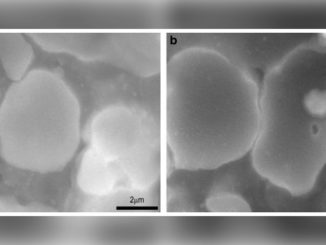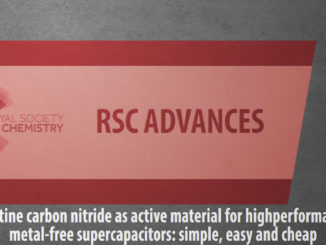
Abstract: Morphology control of multifunctional semiconductor materials is a significant topic since it directly impacts the physical and chemical properties in catalysis, photonics, energy conversion, and other applications. Therefore, the characterization and the control of the morphology of (nano)materials is of fundamental importance in materials science and nanotechnology. Deep insights into the chemical nature of surface energy, composition, structure, and electronic properties of the exposed surfaces that constitute the crystal morphology are important to achieve a rational design of solid materials with desired morphologies and functionalities such as electronic properties and catalytic performances and biocide activity. The morphologies are determined by the values of surface energies of different families of crystal planes, calculated by density functional theory and Wulff construction by a ‘brute-force’ method. As part of the special issue on Rising Stars in Computational Materials Science, this work presents computational studies coupled with field emission scanning electron microscopy images that reflect their utility as an effective method for exploring a vast array of morphologies, allowing for a rigorous investigation of surface structures. We have demonstrated that the simulated morphologies from present models match the experimental results quite well. Based on this good agreement in terms of geometric structure and relative stability, we propose a new concept to describe the atomic coordination environment of surface atoms, to find a relationship between the material properties (photocatalytic and biocide activities) and the exposed surface at the morphology, as well as to present reasons for the generation of reactive oxygen species in the α-Ag2WO4 and β-Ag2MoO4 materials. This strategy offers not only a rationalization and explanation of the behaviors and properties of the materials but also can be used to explain the corresponding action mechanism.
Author(s): Amanda F. Gouveia, Elson Longo, Miguel A. San-Miguel, Juan Andr´es.
Computational Materials Science
Available online 11 December 2020
DOI: https://doi.org/10.1016/j.commatsci.2020.110217




